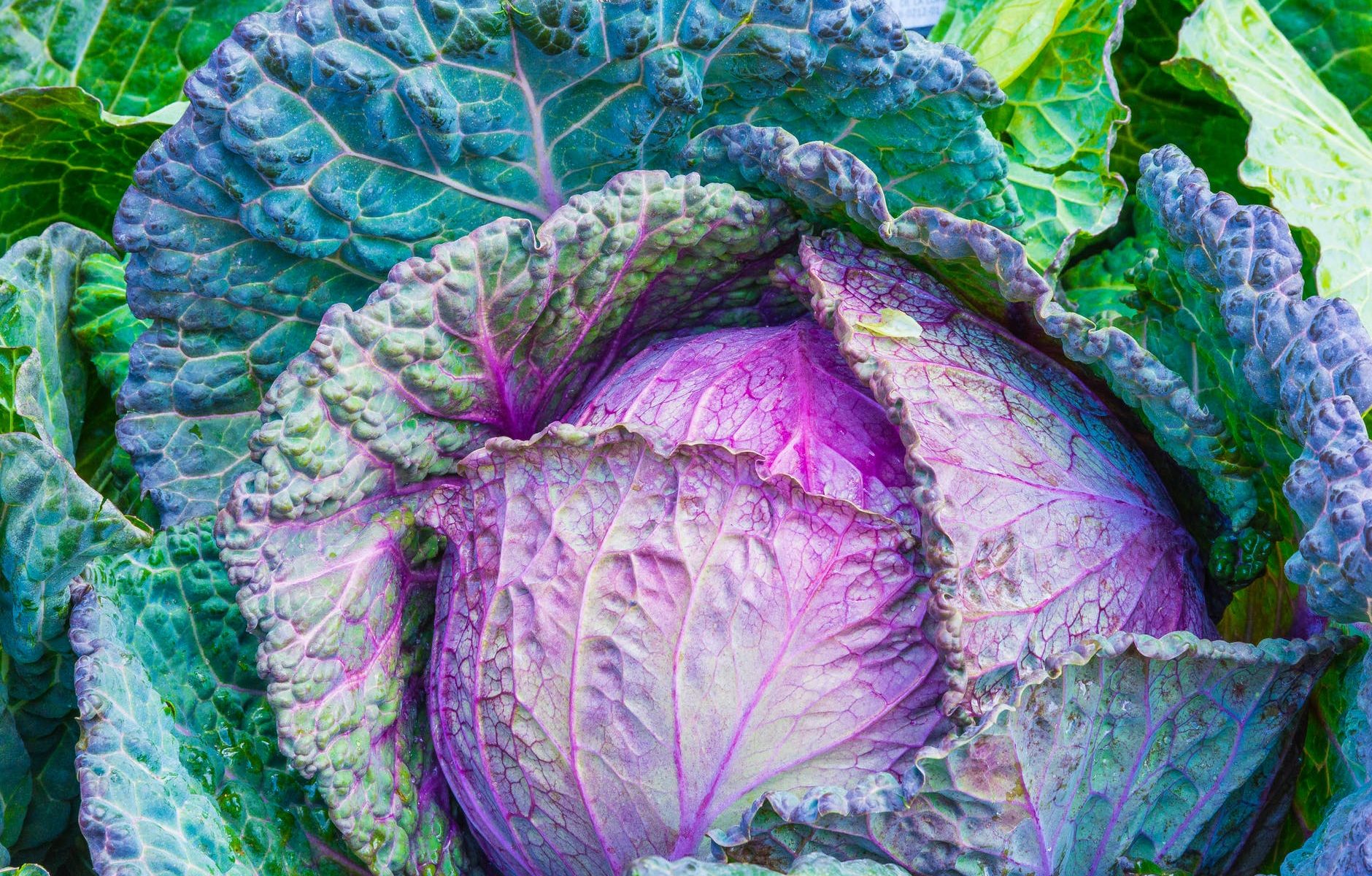This post originally appeared on the Trek.
Imagine this: You’ve just hiked 2,660 miles and you’re in the best shape of your life. You luck out and get an entry into a well-known race you’ve been eyeing for years. It starts in a month. You give yourself a week to recover and you set out on your first training run.
But something is off. You can’t run more than a couple of miles without extreme muscle fatigue. You’ve been exhausted for days and no amount of sleep relieves the fatigue. You’re cold all the time and you’re unmotivated. You wonder, “What is happening? Isn’t this the body that just hiked 2,660 miles?” You have no choice but to pull out of the race.
This was essentially my experience after hiking the PCT. The point is not that thru-hiking caused this health crash. That’s a story for another time. The point is that despite living a very healthy lifestyle before the PCT, I was not as bulletproof as I thought.
Reclaiming my health has been a roller-coaster, but I’m grateful for the journey because I can now share information on how to optimize your health before a hike, so you can thrive and have a successful journey. After all, it’s a lot more fun to be out there when your body is at its peak.
Whether you struggle with a specific health condition or you’re just out of shape from sitting at desk for eight hours a day, use these practices to dial in your health for an upcoming adventure. It’s what has moved the needle the most for me (and those I’ve worked with) in terms of having incredible energy, endurance, and resiliency on my next hike.
How I Prepare My Health for a Thru-Hike
Prioritize Gut Health
Let’s face it: you’re going to encounter a lot of less-than-optimal foods on your hike. Thru-hiking doesn’t exactly lend itself well to healthy eating. From lack of fresh foods (too heavy) to tiny resupply towns with limited options, it can be hard to meet nutrient requirements on trail. Couple that with the intense physical demands you’re putting on the body and you can quickly become depleted and develop deficiencies.
This translates into less energy, slower recovery, and compromised immunity (i.e., slower wound healing and an increased likelihood of getting sick from eating your hiking partner’s GORP). You can try to make up for deficiencies and take care of your gut in town with lots of fresh food and probiotics. But a) that’s unlikely to happen, especially if you’re busy eating beer and pizza, and b) you have a much better chance of staying healthy if you build resiliency before you leave home. It all begins in the gut.
Gut health impacts your immune system, nutrient absorption, energy levels, hormone production, weight, and much more. I thought my gut was fine going into my hike. I lived a pretty healthy lifestyle and I wasn’t experiencing any noticeable digestive symptoms. However, it turns out there’s much more I could’ve been doing to build a healthy, resilient gut.
Short of getting your microbiome tested, it’s difficult to quantify gut health. Luckily, that’s not necessary. You can ensure good gut health, and therefore your ability to get the most nutrition from your food, with the following tips:
Increase Variety and Prioritize Whole Foods
The more diverse the diet, the more diverse the microbiome, and the more adaptable it will be to disruptions.
Up Your Fiber
Aim to eat at least 30 grams of fiber daily. Research indicates that soluble fiber is the best food for sustaining a healthy, diverse population of microbiota. Legumes, whole grains, fruits, and vegetables are all great choices.
Probiotics
Consume probiotic-rich foods, like sauerkraut, kimchi, miso, and kombucha or supplement with a high quality probiotic.
Limit Inflammatory Foods
Lastly, it’s important to stop taking in inflammatory foods (discussed next) as well as behaviors that inhibit gut health. These include taking antibiotics (obviously), consuming alcohol, consuming preservatives and food additives, smoking cigarettes, not getting enough sleep, and being stressed.
Limit Inflammatory Foods with a Personalized Diet
One of the largest sources of inflammation in the diet for many people is undetected food intolerances. These are foods, specific to you, that trigger inflammation.
Because I didn’t have any overt digestive symptoms, I assumed I was healthy. I was a baker at the time and even though the bread I was eating was made from organic, locally milled wheat, it turns out that it was creating a lot of inflammation that kept me from being my healthiest.
I figured this out by completing an elimination challenge. This is where you remove potential food triggers for three to four weeks, then reintroduce them one by one to see if your body reacts. This method is the least expensive and most reliable way of detecting food intolerances.
Once I discovered and removed offending foods from my diet, things turned around quickly. My inflammation went down, my energy soared, my digestion improved, and my muscles stopped aching.
Even if you don’t think you have any food intolerances, I encourage everyone to try this at least once. Often it’s not until you remove a potentially triggering food, allow the body to reset, and then reintroduce it, that you may find it’s not working for you. Sometimes you don’t know how good you can actually feel.
To complete an elimination challenge at the most basic level, follow the following process:
- Eliminate gluten, dairy, caffeine, alcohol, sugar, and processed foods for 28 days.
- One by one, reintroduce each food. Ideally this is twice daily for two to three days before moving on to the next food.
- Track your symptoms. If you notice a reaction in your body (such as changes in digestion, energy, or sleep), remove that food again. If not, move on to the next.
Focus less on the idea of elimination, and more on removing the impediments to success, so your body can become stronger and truly thrive.
To get the best feedback, it’s important to follow the process properly. Because this was a game-changer for me, I created a guide on how to properly complete an elimination challenge. No more guessing in the dark about which foods are good or bad for you. You can find out exactly what works for you and what doesn’t. This leads to better energy, better endurance, and it may just clear up any nagging symptoms you’ve been dealing with, like skin rashes, headaches, joint pain, and digestive issues, like bloating, gas, and heartburn.
Live an Anti-Inflammatory Lifestyle
There’s a lot that goes into this piece, but here’s what it boils down to: we live in a time when most of us have some level of chronic inflammation.
Acute inflammation is a beneficial healing response. Chronic inflammation, on the other hand, slowly breaks down the body and is at the root of most diseases. Inflammation is caused by different stressors. Sources of stress can include environmental (i.e., pollution), physical (i.e., overtraining or eating inflammatory foods), and emotional (a fight with a partner or inability to pay your bills).
We can’t control it all, but we can manage it. With every action or decision, I ask, “Will this lead to more or less inflammation in my body?”
Use the following three practices as a foundation to manage stress:
- Make sleep a nonnegotiable. Aim for eight hours per night.
- Engage in some form of mindfulness practice, such as meditation, for ten minutes daily.
- Have a wind-down ritual each night, whether that’s dinner with a partner, a walk with your dog, or a good book and a cup of tea.














